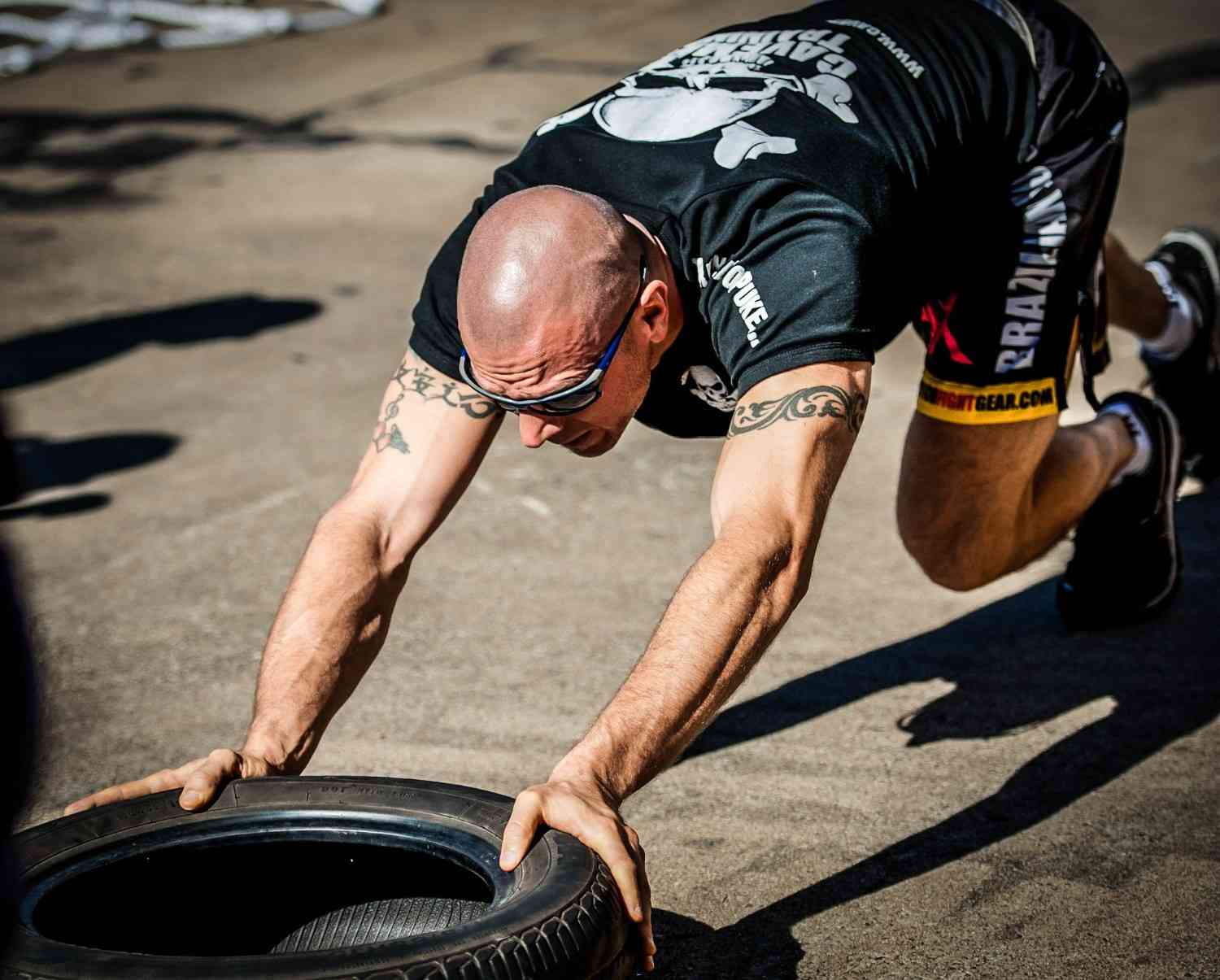If you’re aiming to level up your fitness, burn fat quickly, and build explosive power, sprint workouts may be your ultimate solution. These high-intensity, short-duration exercises not only improve your speed and cardiovascular endurance but also maximize fat-burning potential. The beauty of sprint workouts lies in their simplicity and efficiency—they don’t require fancy equipment or hours at the gym. Whether you’re a beginner or a trained athlete, adding sprint workouts to your weekly plan will help you reach your fitness goals faster and smarter.
What Are Sprint Workouts?
Sprint workouts refer to interval-based training routines where you alternate between bursts of maximum effort and short recovery periods. You can do them on a track, treadmill, cycling bike, up a hill, or even with bodyweight movements.
The Core Concept of Sprint Workouts
-
Intensity is the foundation—run or move at 90–100% effort.
-
Duration is brief—usually 10 to 60 seconds.
-
Rest intervals allow partial recovery before repeating.
-
Total time is typically 15–30 minutes, including rest.
Sprint workouts fall under the umbrella of high-intensity interval training (HIIT) but with a specific focus on explosive, speed-based movements. They’re perfect for fat loss, endurance training, and building lean muscle.
Key Benefits of Sprint Workouts
1. Rapid Fat Loss
Sprinting triggers a high calorie burn both during and after your workout. The post-exercise oxygen consumption (EPOC) effect means your body continues burning calories long after you’ve finished training. Studies show that sprint workouts outperform traditional cardio in terms of fat-burning efficiency.
2. Lean Muscle Building
Sprint workouts engage multiple large muscle groups, especially in the lower body—hamstrings, glutes, quads, and calves. Over time, this creates lean, athletic muscle definition without bulking up.
3. Cardiovascular Conditioning
Intense sprint intervals train your heart to pump more efficiently and improve your overall VO₂ max—the maximum amount of oxygen your body can use during exercise. This translates into better stamina and heart health.
4. Time-Saving Efficiency
One of the most appealing benefits of sprint workouts is their time efficiency. You can get the same or better results than longer cardio sessions in just 20–30 minutes a few times per week.
5. Boosts Metabolic Rate
Sprinting elevates your metabolic rate, making it easier to maintain or lose weight. It also helps regulate insulin sensitivity, reduce bad cholesterol, and support overall metabolic health.
Types of Sprint Workouts
Track Sprints
Track sprints are done on a 100m or 400m track. Start with 100m sprints, building up to 200m or 400m as you progress.
-
Sprint: 100–200 meters
-
Recovery: Walk back to start
-
Sets: 6–10 reps
Hill Sprints
Running uphill adds resistance, making this form of sprinting especially powerful for building strength and endurance.
-
Sprint: 20–30 seconds uphill
-
Recovery: Walk back down
-
Sets: 5–8 reps
Treadmill Sprints
Perfect for indoor workouts. Set the incline for added intensity.
-
Sprint: 30 seconds at 90–95% effort
-
Recovery: 60 seconds walk
-
Rounds: 8–12
Bike Sprints
Ideal for low-impact sprint workouts. Use a stationary bike or resistance cycle.
-
Sprint: 20 seconds max effort
-
Recovery: 40 seconds slow pace
-
Rounds: 10–15
Bodyweight Sprint Circuits
Combine sprinting with jumping jacks, high knees, or mountain climbers for full-body conditioning.
-
Sprint: 20 seconds high knees
-
Recovery: 40 seconds rest
-
Rounds: 6–10
4-Week Sprint Workout Plan (Beginner-Friendly)
This beginner-to-intermediate sprint program builds gradually to avoid burnout and overtraining.
Week 1: Getting Started
-
Day 1: 6 x 100m track sprints
-
Day 2: Rest or light walking
-
Day 3: 5 x 20-sec hill sprints
-
Day 4: Active recovery
-
Day 5: 8 rounds of treadmill sprints
-
Day 6–7: Rest
Week 2: Build Endurance
-
Increase reps to 8–10
-
Shorten rest intervals by 10–15 seconds
Week 3: Add Resistance
-
Add incline to treadmill or increase hill intensity
-
Add weighted vests (optional)
Week 4: Challenge Mode
-
Add extra sets
-
Try sprint ladders: 100m, 200m, 300m, 400m, then back down
Pro Tips for Effective Sprint Workouts
Always Warm Up First
Warming up preps your muscles and reduces injury risk. Do 5–10 minutes of dynamic movements like leg swings, jumping jacks, or light jogging.
Mind Your Form
-
Lean forward slightly
-
Keep your arms bent at 90 degrees
-
Push through the balls of your feet
Monitor Recovery Time
Your rest time should allow about 80% recovery. As you get stronger, reduce rest for more intensity.
Fuel Your Body
Sprint workouts demand energy. Eat a balanced meal with protein and carbs 1–2 hours before training.
Don’t Overtrain
Sprint workouts are intense. Limit sessions to 2–3 per week with proper rest.
Sprint Workouts vs. Steady-State Cardio
| Feature | Sprint Workouts | Steady-State Cardio |
|---|---|---|
| Duration | 15–30 minutes | 45–60+ minutes |
| Intensity | High | Low to moderate |
| Calorie Burn After | High (EPOC effect) | Low |
| Muscle Engagement | High | Moderate |
| Fat Loss Potential | High | Moderate |
| Adaptability | High | Medium |
Sprint workouts are better suited for those who want fast results in less time, without losing lean muscle.
Recovery and Post-Workout Care
Recovery is just as important as the workout itself.
Stretching Routine After Sprinting
-
Hamstring stretch (30 seconds/leg)
-
Calf stretch
-
Quad stretch
-
Hip flexor stretch
-
Foam rolling or massage
Nutrition for Recovery
Post-sprint meals should include protein and carbohydrates:
-
Protein shake with banana
-
Chicken with quinoa and veggies
-
Greek yogurt with granola
Mental Benefits of Sprint Workouts
Sprint workouts aren’t just physically rewarding—they’re mentally invigorating.
-
Improve mental clarity and focus
-
Build discipline and resilience
-
Elevate mood with endorphin release
Sprint training conditions you to push past limits, teaching both body and mind to handle stress and intensity.
How Sprint Workouts Affect Your Body Long-Term
With consistent sprint workouts, you’ll notice:
-
Increased lung capacity
-
Improved insulin sensitivity
-
Better hormonal balance
-
Lower resting heart rate
-
Increased endurance and speed
These physiological changes contribute to better health and longevity.
Common Mistakes to Avoid
Skipping Warm-Up
Can cause injury—always prep your body.
Poor Form
Running with poor posture or technique leads to muscle strain and inefficiency.
Too Much Too Soon
Start small and scale up. Sprinting every day will lead to fatigue or burnout.
Ignoring Recovery
Sleep, hydration, and stretching are critical for progress.
Conclusion
Sprint workouts are one of the most effective ways to improve cardiovascular health, increase muscle tone, and burn fat—fast. Their time-efficient structure makes them accessible for busy people, while their intensity ensures measurable results. Whether you’re training on a track, treadmill, bike, or hill, sprint workouts challenge your body to become stronger, faster, and leaner.
So, if you’re ready to ditch the long, boring cardio sessions and step into a smarter, more powerful fitness routine, sprint workouts might be your game-changer. Embrace the sprint—your journey to peak fitness starts now.
FAQs
How often should I do sprint workouts?
For beginners, starting with 2 sprint workouts per week is ideal. This allows your body to adapt to the high intensity while reducing the risk of injury or overtraining. As your stamina, recovery, and form improve, you can increase the frequency to 3 sessions per week, ideally spaced out to include rest or active recovery days in between. For example, sprinting on Monday, Wednesday, and Friday gives your muscles ample time to recover. Remember, sprinting is very demanding, and unlike steady-state cardio, it places a heavy load on your muscles and nervous system. Prioritize quality over quantity, and always listen to your body—if you’re feeling overly fatigued or sore, take an extra rest day.
Can I do sprint workouts at home?
Absolutely! Sprint workouts are incredibly versatile and can be adapted to almost any environment—even your own home. If you have access to a treadmill, you can program sprint intervals with specific speed and rest ratios. For those without equipment, sprinting in place, using stairs, performing high knees, jump squats, or sprinting back and forth in a hallway or backyard can be effective alternatives. If space is limited, consider Tabata-style intervals using bodyweight exercises that mimic sprinting effort, such as burpees, jumping lunges, or mountain climbers. The key is intensity—whatever space or method you use, make sure you’re pushing yourself to at least 90% of your effort during the sprint phase.
How long does it take to see results?
Most people start noticing improvements in stamina, energy levels, and fat loss within 2 to 4 weeks of consistent sprint training. The exact time depends on several factors including your starting fitness level, workout intensity, nutrition, sleep quality, and overall consistency. Some may see quicker progress in terms of muscle tone, endurance, or weight reduction, especially when sprint workouts are combined with strength training and a healthy eating plan. For optimal results, aim to track your progress, such as timing your sprint intervals or monitoring heart rate recovery. Progress might not always show on the scale, but improved cardio output, reduced fatigue, and increased strength are clear signs that your sprint workouts are working.
Are sprint workouts safe for everyone?
While sprint workouts are highly effective, they may not be suitable for everyone, especially those with pre-existing medical conditions, joint issues, or those who are completely new to fitness. Because sprinting is a high-impact, high-intensity form of exercise, it’s crucial to first consult a healthcare professional or certified trainer if you have concerns. Always begin with a thorough warm-up that includes dynamic stretching and mobility drills. Start with shorter sprints and longer rest periods, then gradually progress. Proper form, appropriate footwear, hydration, and recovery are all essential. If you’re older, recovering from injury, or overweight, consider low-impact sprint variations like stationary cycling or pool sprints to reduce strain on the joints while still gaining cardiovascular benefits.
Can sprint workouts be combined with strength training?
Yes, sprint workouts can be a powerful complement to strength training. Sprinting recruits fast-twitch muscle fibers, which are also activated during heavy lifting, making the combination excellent for building speed, power, and muscle tone. However, combining both requires smart programming to avoid overtraining. Ideally, separate your sprint and strength training days—for example, do sprints on Monday and Thursday, and lift weights on Tuesday and Friday. Alternatively, if you’re more advanced, you can combine them in the same session by doing sprints at the end of your strength workout as a finisher. Just be sure not to compromise form or recovery. Include proper nutrition, sleep, and rest days in your plan to ensure both performance and growth are maximized.



